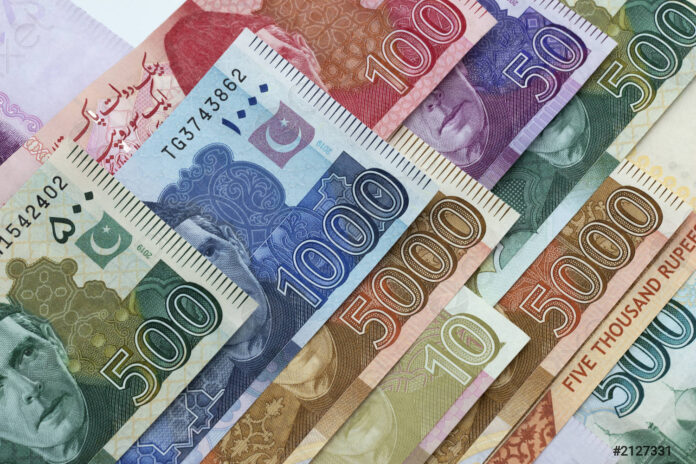Pakistan’s cash economy has experienced a substantial downturn, with documented currency in circulation (CiC) plummeting from its peak of Rs. 9.1 trillion on June 30, 2023, to a current low of Rs. 8.7 trillion; this decline of Rs. 475 billion in informal cash holdings and cash transactions for business reflects a major shift in the economic position over the past five months.
Changing Dynamics of Pakistan’s Cash Economy in the Market
Decrease in CiC/M2 RatioAs of December 2023, the CiC, constituting a crucial part of the overall money supply (M2), has witnessed a reduction from 29 percent to 27 percent, as reported in a market review by Topline Securities. The decline in the CiC/M2 ratio indicates a changing trend in the reliance on cash transactions, with potential implications for various sectors of the economy.
Once a prominent player, the real estate market has faced challenges since June 2023, leading to increased activity in alternative investment avenues such as gold, currencies (particularly rupee/$), and commodities. File sellers in the real estate sector have become more elusive, while buyers are hesitant to meet their asking prices, contributing to the shift in economic dynamics.
Impact of Commodity Price Surge
A noteworthy factor influencing this transformation is the spike in commodity prices observed last year, including sugar, wheat, and urea; the surge has prompted substantial deposits in banks, diverting informal cash flows towards documented channels. Consequently, the composition of cash transactions is evolving as economic actors adapt to changing market conditions.
Read more: Pakistani Rupee Set to Become Asia’s Worst Performing Currency in 2023


























